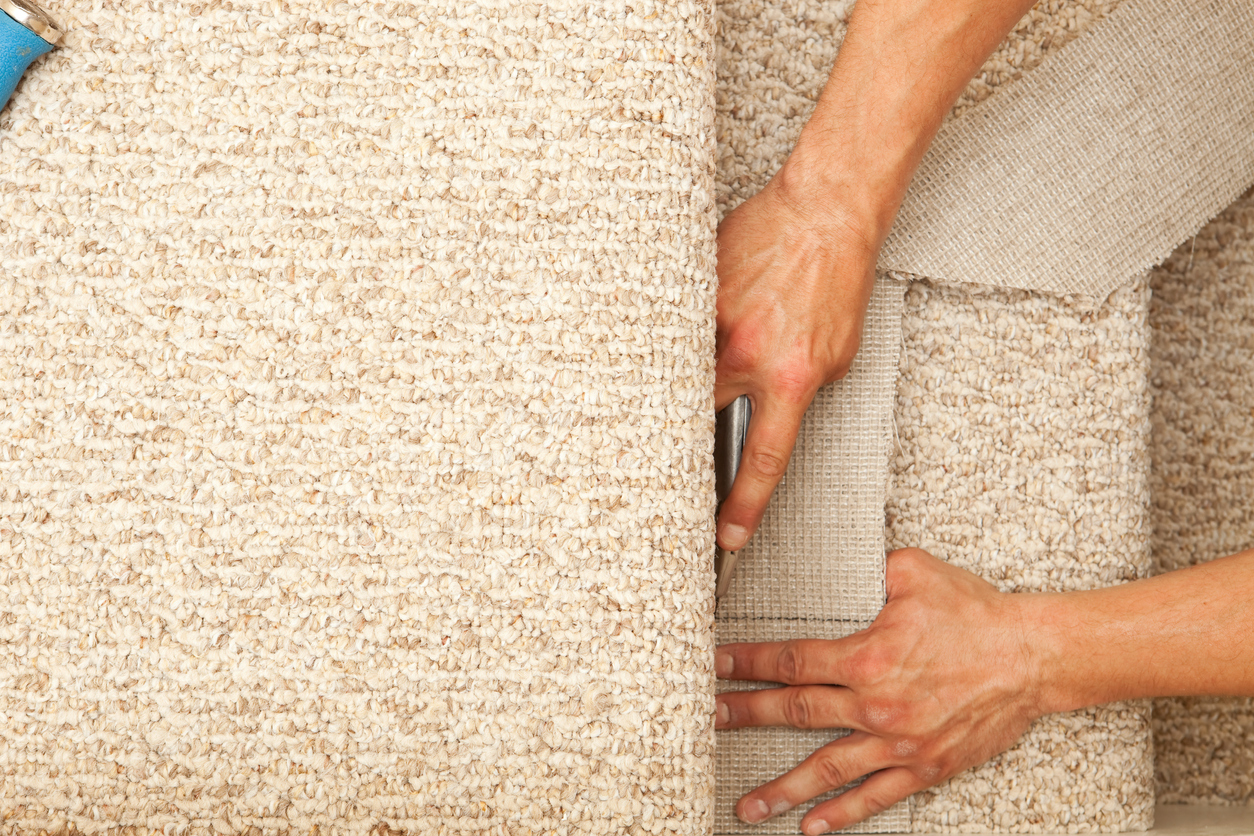How Often Should a Landlord Replace Carpets? A Comprehensive Guide for Tenants and Landlords
Introduction
Carpets in rental properties undergo significant wear and tear, and knowing when to replace them is crucial for maintaining a comfortable living environment and ensuring tenant satisfaction. This guide explores the factors that determine how often carpets should be replaced in rental properties, the legal considerations, and best practices for both landlords and tenants.
Factors Determining Carpet Replacement Frequency
-
Carpet Quality:
- Higher-quality carpets generally have a longer lifespan. Durable, high-quality carpets can last up to 10-15 years, while lower-quality carpets may need replacement every 5-7 years.
-
Usage and Traffic:
- Areas with heavy foot traffic, such as hallways, living rooms, and entrances, will wear out faster than low-traffic areas like bedrooms. Carpets in high-traffic areas may need replacement more frequently, every 5-7 years.
-
Maintenance and Care:
- Regular cleaning and maintenance can extend the life of carpets. Professional cleaning every 12-18 months and prompt attention to stains and spills can help maintain carpet condition.
-
Tenant Turnover:
- Frequent tenant turnover can lead to increased wear and tear. High turnover may necessitate more frequent carpet replacements.
-
Health and Safety:
- Carpets that have become damaged, moldy, or pose health hazards should be replaced immediately, regardless of their age.
Legal Considerations
-
Fair Wear and Tear:
- Under UK law, landlords cannot charge tenants for fair wear and tear. Wear and tear is considered the normal deterioration that occurs through everyday use. Damage beyond normal wear and tear, such as burns or large stains, may be deducted from the tenant's deposit.
-
Tenant Agreements:
- Specific terms regarding carpet maintenance and replacement should be outlined in the tenancy agreement. Clear agreements help prevent disputes over carpet condition and responsibilities.
-
Health and Safety Regulations:
- Landlords have a legal obligation to ensure their properties are safe and habitable. Worn-out or damaged carpets that pose a tripping hazard or contribute to poor indoor air quality should be replaced promptly.
Best Practices for Landlords
-
Regular Inspections:
- Conduct regular property inspections to assess the condition of carpets and other fixtures. Document the condition with photos and notes to track wear and tear over time.
-
Set a Replacement Schedule:
- Establish a replacement schedule based on the average lifespan of carpets and the specific needs of the property. Typically, replacing carpets every 7-10 years is recommended, but high-traffic areas may need more frequent attention.
-
Quality Over Cost:
- Invest in high-quality, durable carpets that can withstand tenant use and require less frequent replacement. Consider carpets with stain-resistant properties for easier maintenance.
-
Professional Cleaning:
- Schedule professional carpet cleaning between tenancies and as part of regular maintenance. This can extend the life of the carpets and improve tenant satisfaction.
-
Clear Communication:
- Communicate with tenants about the importance of carpet care and maintenance. Provide guidelines on how to clean and protect carpets to minimize damage.
Best Practices for Tenants
-
Routine Cleaning:
- Vacuum carpets regularly to remove dirt and debris that can cause wear. Address spills and stains promptly to prevent permanent damage.
-
Report Issues:
- Inform your landlord immediately if you notice significant wear or damage to the carpets. Early reporting can prevent further deterioration and potential disputes.
-
Use Protectors:
- Use area rugs and carpet protectors in high-traffic areas to minimize wear. Furniture pads can also prevent indentations and damage.
-
Follow Guidelines:
- Adhere to any carpet care guidelines provided by your landlord or outlined in the tenancy agreement.
Conclusion
Carpet replacement is an essential aspect of maintaining rental properties, ensuring both tenant satisfaction and property value. While there is no fixed rule for how often carpets should be replaced, considering factors such as carpet quality, usage, and maintenance can help landlords make informed decisions. Regular inspections, professional cleaning, and clear communication between landlords and tenants are key to managing carpet maintenance effectively.
By following best practices and understanding legal obligations, landlords can maintain a high standard of living for their tenants while protecting their investment. Tenants, in turn, can enjoy a clean and comfortable home environment by taking care of the carpets and reporting issues promptly.



